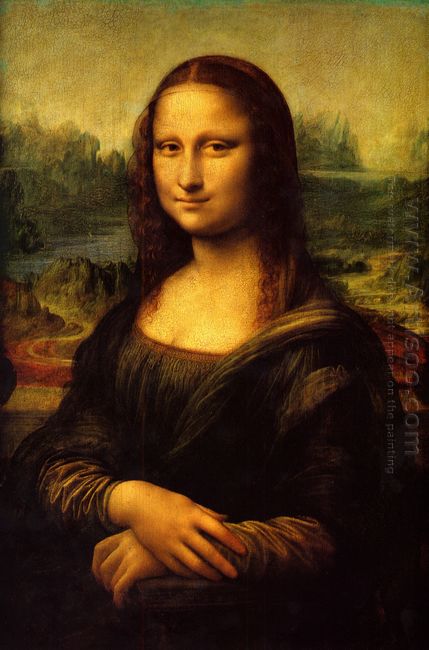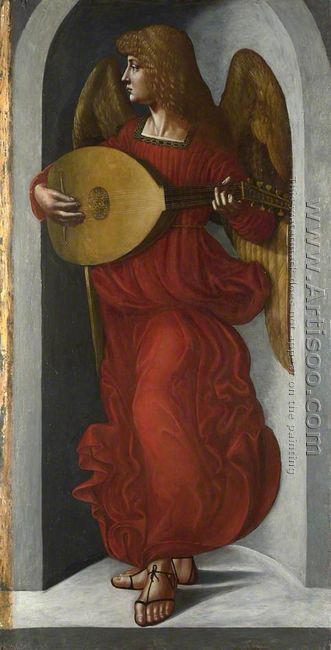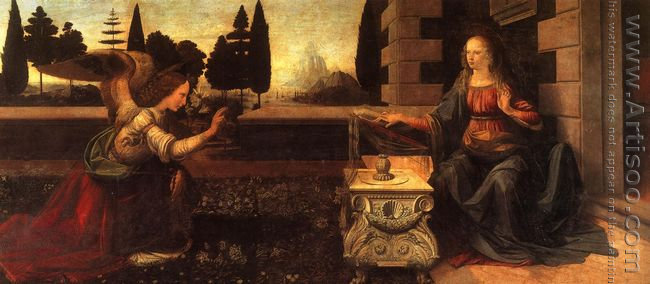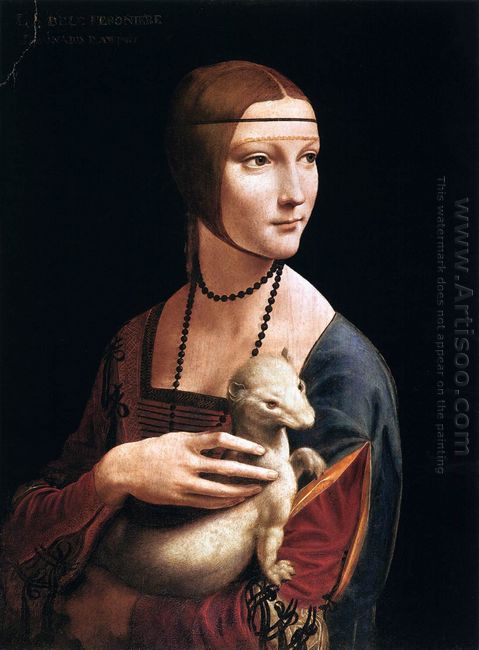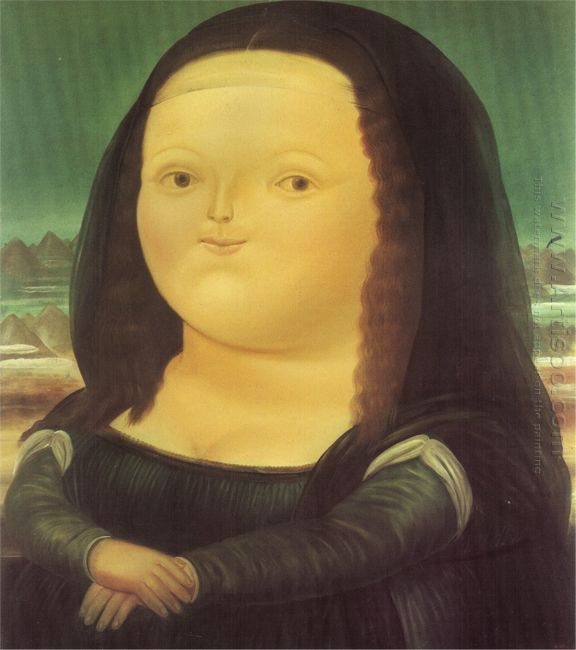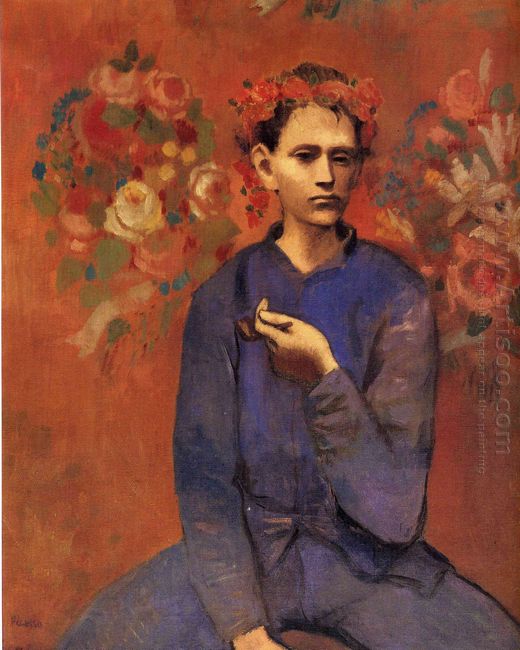Mona Lisa was produced by Leonardo Da Vinci (1452 to 1519) who was one of the three "Italian Renaissance Heroes". Spending his whole life for scientific research and artistic practice, the Mona Lisa reflected the painter's observation of nature in a scientific thinking, which was the most prestigious portrait masterpiece in the history of western painting. In this painting, Mona Lisa looked very elegant and calm with a meaningful smile. The painter sought to demonstrate the richness of life and multifaceted personality psychology, and studied the smiles of facial muscles and psychological changes and reflections when relaxing from two aspects: anatomy and physiology. He depicted an ideal beauty in a specific character. The hands were portrayed delicate, rich and dynamic. Eyes, mouth and hands were ingeniously combined with soft shadows. The background was also treated properly with difference on the left and right perspective, making the whole picture more vivid.
There was less agreement among different people on the mysterious smile of Mona Lisa for 500 years. Harvard Medical School neurobiologist Margaret Livingstone explained in U.S. Science magazine, "The mysterious smile of Mona Lisa is less concerned with the painter's painting techniques, than it is related to the dislocation of the eyes. Her flickering smiles are resulting from our eyes movements combining with the reflection of light. If our attention were solely focused on her mouth, then we would never see her smile. Da Vinci made the use of vague outline in the mouth of Mona Lisa. This approach meant "evaporated like smoke" according to the original Italian literal meaning".
1. Mysteries of Mona Lisa
The mystery of the "Mona Lisa" background
University of California Professor Carlo Pedretti thinks that, the background behind Mona Lisa came from the landscape in Bristol Arnold Bridge located in Arezzo city, central Italy. This is based on that Da Vinci was born in Vinci town which was about 100 kilometers away from Arezzo and he once lived there, in addition, the original landscape of this region was exactly the same as the background of "Mona Lisa". Therefore, Da Vinci was likely to adopt the pastoral scenery of this region as the background of the "Mona Lisa". When this view of Pedretti was announced in the International Symposium of Da Vinci Painting, many art history experts agreed with it.
The mystery of the cause of death of "Mona Lisa"
According to the records, Lisa Di Gherardini died of depression at the age of 46. But a Japanese cardiologist said he found Mona Lisa's left eye with a macular, which was a sign of high cholesterol levels. Japan cardiologist said Mona Lisa should die of myocardial infarction.
Mona Lisa is an endless issue for people to discuss. From its advent, the later generations have made a great deal of tasting and speculation, and left more and more puzzles. At present, there are hundreds of monographs concerning Mona Lisa and nearly 100 scholars considering this painting as a lifelong subject. The passage of time does not make the mysteries to be solved, only to leave more doubts to the future people with in-depth studies.
2. Different views about Mona Lisa's smile
In terms of aesthetic psychology, some people thinks that for the same piece of art, different kinds of people or one single person often have different feelings in different situations. People can continually discover new meanings by virtue of their won life experience.
Some scholars such as art historian Jameson point out that, from an aesthetic point of view, the cause of this mysterious smile is that the painter tries to create an ideal typical beauty in a specific character and change a flashing facial expression into an eternal symbol of joy. It is this contradiction that produces the surprisingly objective effect.
From the historian's vision, some people made the analysis and said, "Mona Lisa's smile shows the vitality of the early bourgeois and their hope for capitalism future. She is a real portray of newly emerging bourgeoisie".
From the aspect of painting techniques, some painters said, "Da Vinci set a background in different perspectives for this young lady sitting on the balcony. When people's attention is concentrated on the left, they feel the distant view to decline while the figure rises and vice versa. The location of facial features is uncertain. In addition, her mouth has less distinct boundaries, which makes people display more assumptions about her smile".
From the medical point of view, some researchers ingeniously studied the "physiological conditions" of Mona Lisa and considered that she suffered from esotropia. However, modernist painters insisted that the Mona Lisa should have beards. Many people felt it rather ridiculous about this.








